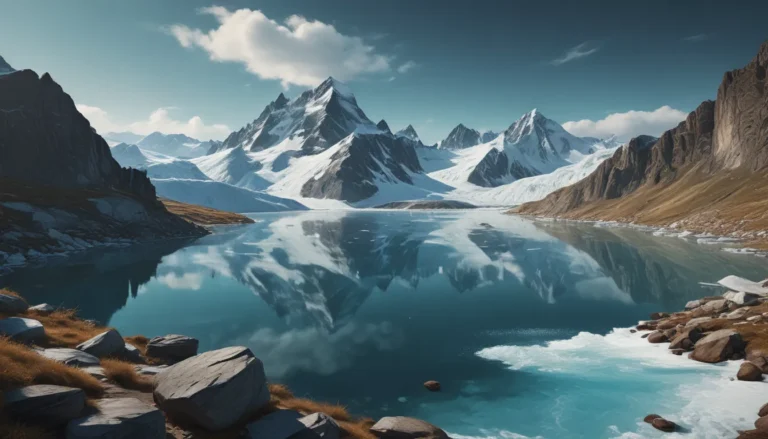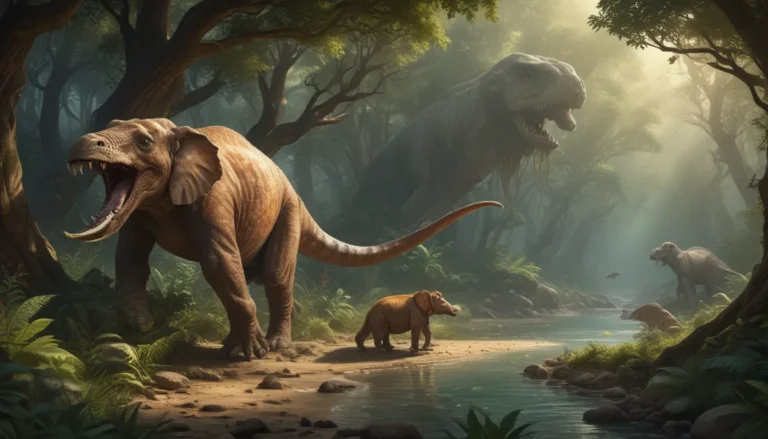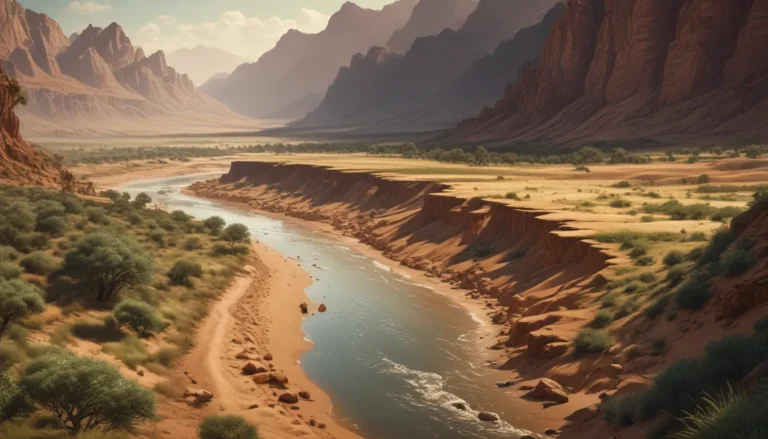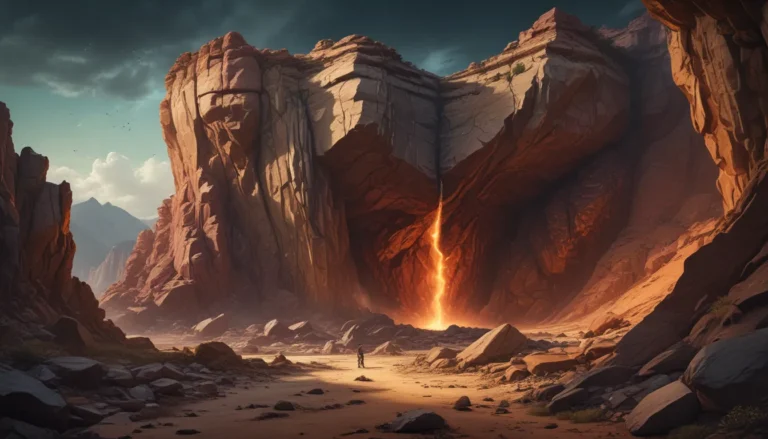A Note About Images: The images used in our articles are for illustration purposes only and may not exactly match the content. They are meant to engage readers, but the text should be relied upon for accurate information.
The lithosphere, a cornerstone of Earth’s geology, is a captivating and mysterious part of our planet. Comprising the rigid outer layer of the Earth, it includes the crust and uppermost mantle, shaping Earth’s surface and giving rise to continents, mountains, and ocean basins. This dynamic layer is in a constant state of evolution through processes such as plate tectonics and volcanic activity.
Exploring the Lithosphere: A Solid Foundation
The lithosphere, made up of the Earth’s crust and uppermost mantle, serves as the sturdy outer shell that underpins our planet’s dynamic geological processes.
Revealing Ancient Origins
Dating back over 4 billion years, the lithosphere offers a glimpse into the Earth’s early history. By studying rocks and minerals, scientists can unlock the secrets of our planet’s formation.
Witnessing the Tectonic Dance of Plates
The lithosphere is divided into tectonic plates that float on the semi-fluid asthenosphere. These plates are in constant motion, leading to phenomena like earthquakes, volcanic eruptions, and the formation of mountains.
Journeying into the Subterranean World
Beneath the lithosphere lies the Earth’s mantle, a region of extreme heat and pressure. This mysterious underground realm remains largely unexplored, adding to its enigmatic allure.
Embracing the Brilliance of Diamonds
The lithosphere harbors one of nature’s most prized possessions – diamonds. These gemstones form deep within the Earth’s mantle and reach the surface through volcanic eruptions, captivating us with their beauty.
Solving the Crustal Puzzle
The lithosphere’s crust is not uniform, encompassing various types such as oceanic and continental crust, each with its unique characteristics, composition, and geological history.
Unraveling Earth’s Past
By studying rock layers and fossils within the lithosphere, scientists gain insights into Earth’s history, including past climates, the evolution of life, and the movements of ancient continents.
The Lithosphere’s Role in Climate Regulation
Interacting with other Earth systems like the atmosphere and hydrosphere, the lithosphere plays a vital role in regulating the planet’s climate. Volcanic activities, for instance, can impact global temperatures through gas and particle emissions.
A Hub of Life’s Diversity
The lithosphere provides a thriving habitat for a diverse array of life forms, from microscopic organisms in the soil to majestic creatures on the surface. Without the lithosphere’s stable foundation, Earth’s ecosystems would not flourish as they do today.
Embark on a journey of discovery as we delve into the 9 Enigmatic Facts About the Lithosphere, unlocking the mysteries hidden beneath our feet. From ancient origins to its transformative impact on our planet, the lithosphere holds a treasure trove of secrets waiting to be uncovered.
In Conclusion: Appreciating the Lithosphere’s Significance
The lithosphere is a captivating element of our planet, holding many enigmatic facts that continue to intrigue scientists and enthusiasts. From its role in shaping Earth’s surface to its influence on natural resources, the lithosphere is integral to our understanding of Earth’s past, present, and future.
Studying the lithosphere offers insights into various fields such as geology, geography, and environmental science. As our knowledge of this dynamic layer expands, so does our appreciation for its interconnectedness with Earth’s systems. Understanding the lithosphere enriches our understanding of the world we inhabit and the forces at play beneath our feet.
FAQs: Delving Deeper into the Lithosphere
- What is the lithosphere?: The lithosphere is Earth’s outermost layer, consisting of the crust and upper mantle, providing a solid, rigid foundation.
- How thick is the lithosphere?: The thickness varies, but it is typically around 100 kilometers beneath continents and 10 kilometers beneath oceans.
- What role does the lithosphere play in plate tectonics?: The lithosphere’s plates interact, leading to processes like subduction, collision, and seafloor spreading, responsible for earthquakes and volcanic activity.
- How does the lithosphere influence landforms?: Through erosion, deposition, and tectonic activity, the lithosphere shapes mountains, valleys, and other geological features.
- What resources are found in the lithosphere?: The lithosphere contains valuable resources like minerals, metals, fossil fuels, and groundwater.
- How does the lithosphere affect the environment?: It influences ecosystems, climate patterns, and the availability of resources, with human activities impacting the environment.
- Can the lithosphere change over time?: Yes, through geological processes like plate tectonics, erosion, and deposition, the lithosphere undergoes continuous evolution.
- What are notable landforms influenced by the lithosphere?: Examples include the Himalayas, Grand Canyon, and the Great Barrier Reef, highlighting the lithosphere’s dynamic nature.
- How do scientists study the lithosphere?: Through methods like geological mapping, seismic monitoring, satellite imagery, and drilling to understand its composition and behavior.
Our commitment to delivering trustworthy and engaging content ensures each fact shared is not only fascinating but also credible. With contributions from real users, our site upholds the highest standards of accuracy and authenticity. Trust in our dedication to quality and join us in exploring the captivating world of the lithosphere.
Kickstart your journey of discovery and delve into the wonders that lie beneath our feet, waiting to be unveiled in the enigmatic realm of the lithosphere.






